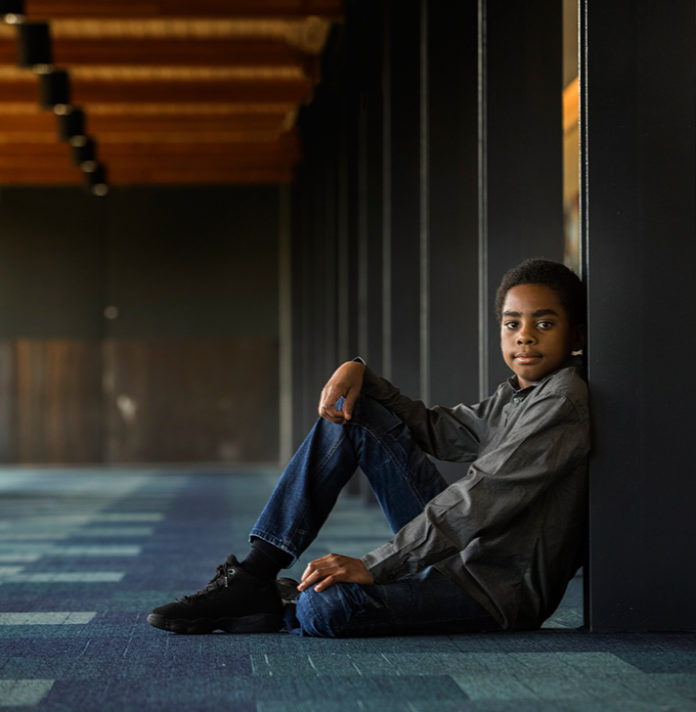by Don MacGregor
Recent years have seen start up companies promoting online sales and much of our industry has bought into that as it is seen as the “easy way to make sales.” However, in-person sales are rapidly growing and re-establishing the process of successful portrait sales. Portrait photographers selling person-to-person realize sales that are significantly higher than online sales. Respectfully, let’s establish that there are some products (ie: team or sports photos) that are a good fit for online sales.
Designed portraiture is best managed with person-to-person sales as the client needs to be educated about what they can invest in and, of course, educated about all the nuances of retouching and enhancement and display.
Therefore, we must ask ourselves, “Why don’t ALL photographers sell in person?” The answer is grounded in a lack of sales skills, lack of confidence in educating clients, and a fear of objections. Many photographers simply cannot handle (emotionally or a technical response) comments like, “I don’t like myself” or “I don’t like the photos.” The list of other objections can significantly grow if the presentation of originals is not well thought out.
Objections should be thought of as opportunities to answer clients concerns and establish respect in your skills. Having said that… objections should be handled BEFORE the client brings them up. The client takes control of the process the minute you are on the defensive in a sales situation.
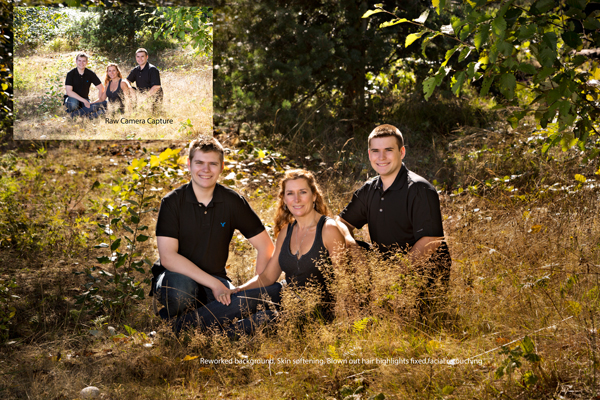
So, how do we handle an objection before the client brings it up? There are many generic objections that always need a proactive presentation. These are mostly handled in the consultation process. During the consultation, you are exploring options to create a unique portrait for your client and you are educating them about what they can invest in. Some common objections are:
Its too expensive – The key here is to be proud of your prices and present them during the consultation. Failure to insure the client is well aware of your prices (if they really see the prices during the projection appointment) will totally undermine any potential sale. You commonly will get some sticker shock but do not be concerned. That is a first reaction as clients really don’t know what they can invest in nor do they understand the depth of finishing involved. When I hear this kind of comment, I commonly respond with a script.
Such a response might be, “Mrs. Jones, thank you for expressing concern on pricing. Let me take a moment to explain the difference between finely crafted portraits and photographers that just sell pictures.” From there you have a door open to explain not only the craftsmanship involved but to establish that they are paying for your artistic expertise as well.
I don’t have space for something that big – This is a common response as clients often look for any excuse (real or not real) to avoid making a decision and it is mostly because they really have no idea of what can be done. There are multiple responses but the most effective is to show the clients what people are doing and express that it is OK to do it. Displaying images that are appropriately sized for furniture (eg: above a mantle) plays a key part of handling that objection.
Another powerful tool is showing an album or slide show of images elegantly displayed in clients homes. Marathon Press makes a great marketing piece to help those that don’t have their own image resource. A script to handle this is simple. Keep in mind you are NOT asking for a sale at this point, you are simply educating the client and making them more comfortable with any discussions about your premium products. “Mrs Jones, whatever size you choose will be the right size and you will make that decision. I feel a responsibility to insure you have the knowledge and understanding of display so you can make a decision that will bring life-long enjoyment. We have a wonderful projection system that allows you to see actual sizes and we can even show you what actual sizes look like in your own home so your decision will be right for you.”
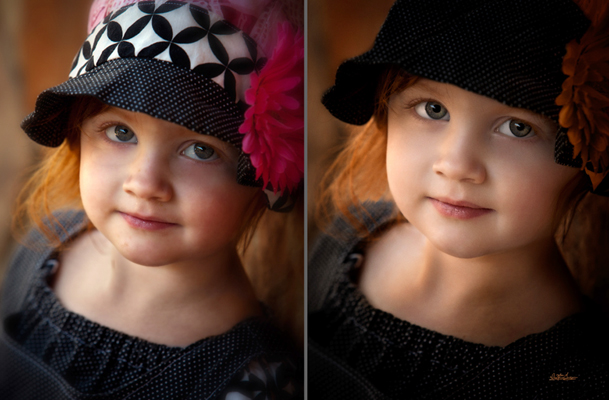
I don’t like the way I look – This is important. We need to educate the clients about clothing and appearance so they simply cannot object to clothing that does not fit well, or inappropriate color matching (as it relates to the theme). Show clients examples (during the consultation) of what clients do. Explain the benefits of repetition of color and design. Clients will understand this and you simply won’t have to face that objection. With respect to personal issues (such as weight), showing the master image with enhancement techniques that flatter a person is so powerful.
 We can’t do it at that time of day – Once you have established a concept for a portrait, explain to the client that to achieve your vision, it must be created at specific times. Many will explain that their husband has a tee time and the son a soccer game. I commonly explain, “Mrs. Jones, I realize that your husband has a busy schedule or a tee time and the kids have their sports events. They will play many rounds of golf or soccer games in the years ahead. This kind of portrait is not done regularly and I am sure you want to do it RIGHT.”
We can’t do it at that time of day – Once you have established a concept for a portrait, explain to the client that to achieve your vision, it must be created at specific times. Many will explain that their husband has a tee time and the son a soccer game. I commonly explain, “Mrs. Jones, I realize that your husband has a busy schedule or a tee time and the kids have their sports events. They will play many rounds of golf or soccer games in the years ahead. This kind of portrait is not done regularly and I am sure you want to do it RIGHT.”
Can I just choose online? This is becoming very common and MUST be handled very early in the process. The client needs to realize that what you do is not taking pictures but crafting fine portraits and, more importantly, that your professional skills will help them see the potential of selection and display. Of course you can explain the obvious, including poor color and resolution, (online) but that really is minor. “Mrs Jones, many today ask if they can choose online. At our studio, the selections are all done by projection because we want to insure you have life-long enjoyment of your portraits. What this allows is for you to see exactly what you might invest in, be able to compare sizes as it relates to display, and to appreciate the expressions of your family. Also, I will be there to answer any questions. We want your decision to be made with confidence regardless of whatever size or finish you choose.” By presenting it as a positive benefit, you will avoid having to say “NO… we don’t do online.”
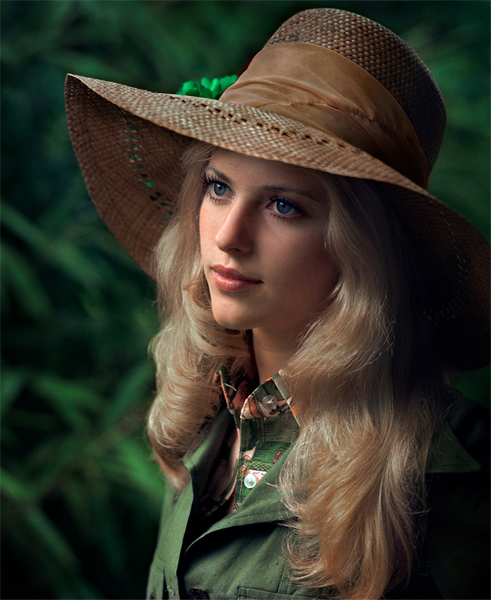 Another issue is out-of-towners. This is a tough one as it is a realistic issue. Again, during the consultation, you will know if you have out-of-towners. Be proactive and bring the issue up EARLY. I commonly will say the following, “Mrs. Jones,
Another issue is out-of-towners. This is a tough one as it is a realistic issue. Again, during the consultation, you will know if you have out-of-towners. Be proactive and bring the issue up EARLY. I commonly will say the following, “Mrs. Jones,
I realize that many of your family live out-of-town and may want to have a say
in selection. Realistically, most embrace my recommendations. But I do care about the families involvement. Let me suggest that you and I get together to analyze the portraits and, if we find one that is over the top better than all the others, I am sure the family will agree. We can also set up a Skype call where we can actually talk to the relatives and show them the differences in various poses.” I normally say a script like this to all the family at the end of the session and hopefully get a consensus of trust from them.
A key point here to insure that there is minimal objections when clients see their originals is that I always make master images. A master image is my recommendation and essentially is the very best I can create for the client. I do all the retouching, head swaps, sky replacement, etc. What the client sees is awesome and they simply cannot find objections. This must also be explained during the consultation and again at the time of the session (in front of the extended family). A script might be, “Mrs. Jones, I so appreciate the trust you have placed in me to create your family portrait. I am going to ask you to extend that trust a little further and allow me to create your master image. I am very excited to start that process. For those of you that may not understand, I will take all the portraits from our session and I will finish my favorite(s) to share with you folks. It will be my very finest effort. Should you wish to see the others, I will have them available during the projection.”
The master image alone (if discussed early and again during the session) can resolve so many objections. Think like a customer. You have been promised an amazing portrait and then you see images that have flaws. You listen to the photographer say things like, “I can fix that when we do retouching” or “I can change the color.” What actually has happened is that you (the photographer) has failed to create that promised portrait and you are now trying to gain their trust all over again. That is a tough position to recover from. However, when the client sees an amazing portrait, the whole selling experience becomes fun and rewarding for all.
There are many objections that come up during the process and what many do is actually keep a record (much like the above concerns). At our studio, my staff and I commonly discuss every sale (especially if it is not what we expected) and often find that we overlooked educating the client about common objections. The more you review and discuss these things, the easier it is to be proactive and handle most objections BEFORE the client can bring them up .
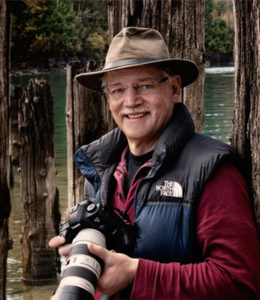 Don MacGregor is from Vancouver, BC, and will be teaching a class on “Lifestyle Environmental Portraiture” at Texas School ‘19. His class will cover composition and posing for individuals and groups, environmental light control, designing portraits for wall decor, sales, and much more. To learn more about Don MacGregor and his work, go to www.MacGregorStudios.com.
Don MacGregor is from Vancouver, BC, and will be teaching a class on “Lifestyle Environmental Portraiture” at Texas School ‘19. His class will cover composition and posing for individuals and groups, environmental light control, designing portraits for wall decor, sales, and much more. To learn more about Don MacGregor and his work, go to www.MacGregorStudios.com.



